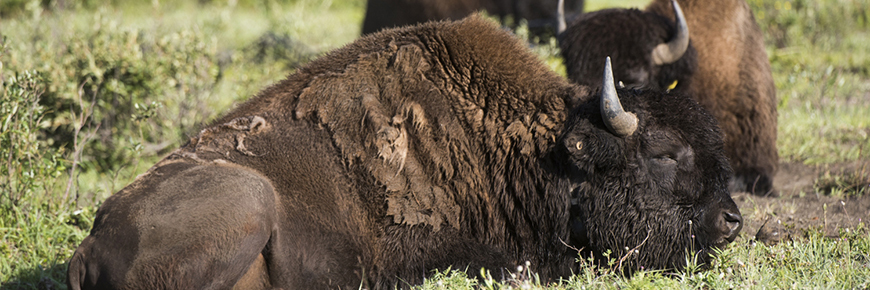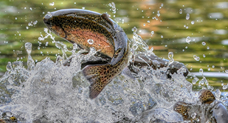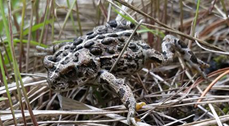
Animals in Banff National Park
Banff National Park
Banff National Park is a special place! It’s home to over 311 species of birds, 844 species of plants (74 of which are rare), 5 species of rare or scientifically important invertebrates, including the endangered Banff Springs snail. 19 fish species (9 introduced), 4 amphibians, 1 reptile, and 53 species of mammals including grizzly bears, wolves, cougars, and even wolverines!
The national park is home to all these animals and the wild spaces they need to survive! This incredible diversity of wildlife is a reflection of the wide range of habitats found in the park due to variations in elevation, climate, and plant communities. The distribution of wildlife ties in with the three ecoregions in the park: montane, subalpine and alpine.
Each region offers a variety of habitats that are used by certain animals at different times of the year:
The montane
The montane (approximately 3% of the park) is the most biologically productive of the three ecoregions. It green’s-up early, has less snow overall in winter which is good especially for grazers, thereby providing prey for predators. It is also the easiest to travel through, both for wildlife and humans. The Town of Banff and Lake Minnewanka are located in the montane.
The subalpine
The subalpine (approximately 53% of the park), is typified by dense forests in some locations and avalanche paths. The Lake Louise area is a good example of this
The alpine
To help Parks Canada maintain healthy populations of animals in Banff National Park, please:
- Do not approach wildlife - stay 30m (3 bus lengths) away from elk and 100m (10 bus lengths) away from bears
- Do not feed wildlife, this is unlawful in a national park and is addictive
- Remain in your vehicle when viewing wildlife from the road (use a telephoto lens to get that 'perfect' picture) and quickly continue on your way
- Keep your campsite clean by keeping all attractants in your vehicle - coolers are not bear proof and even dishwater and dog food will attract an animal
- Stay on designated trails - unofficial trails are often used by wildlife

If you plan on visiting, please support the survival of wildlife in the park:
Related links
- Date modified :




